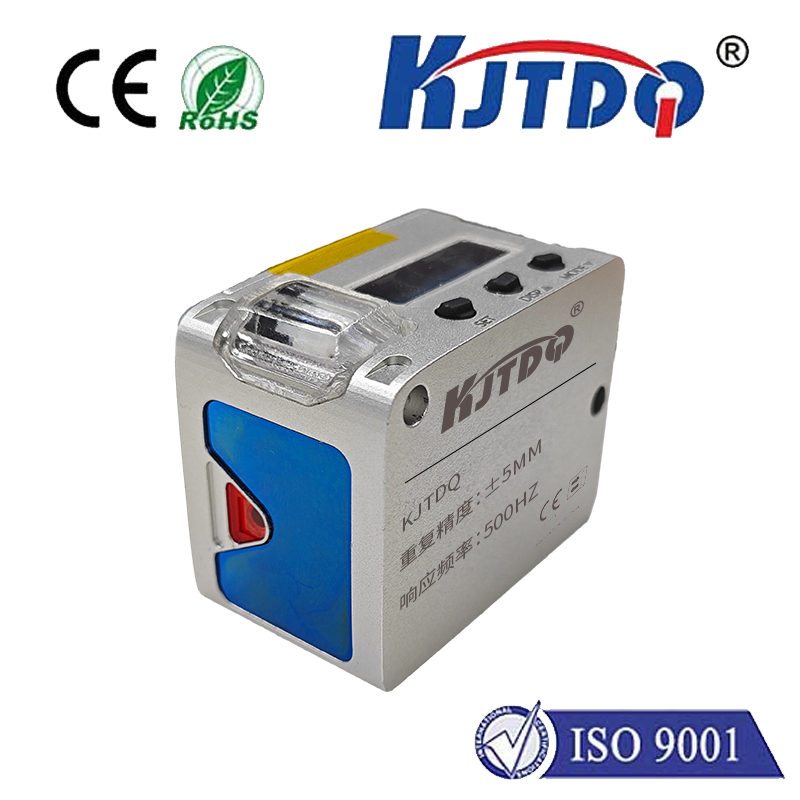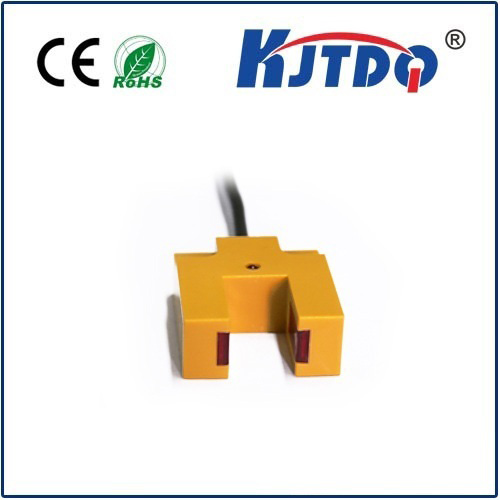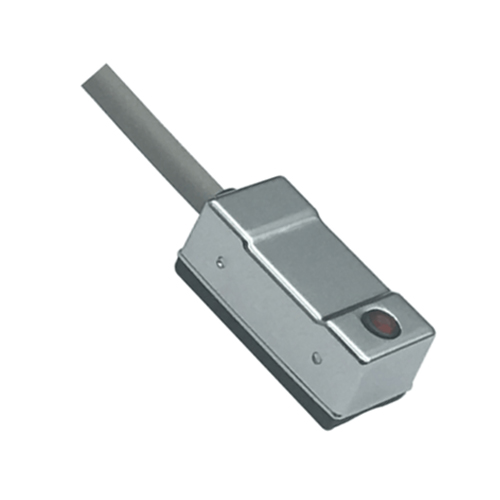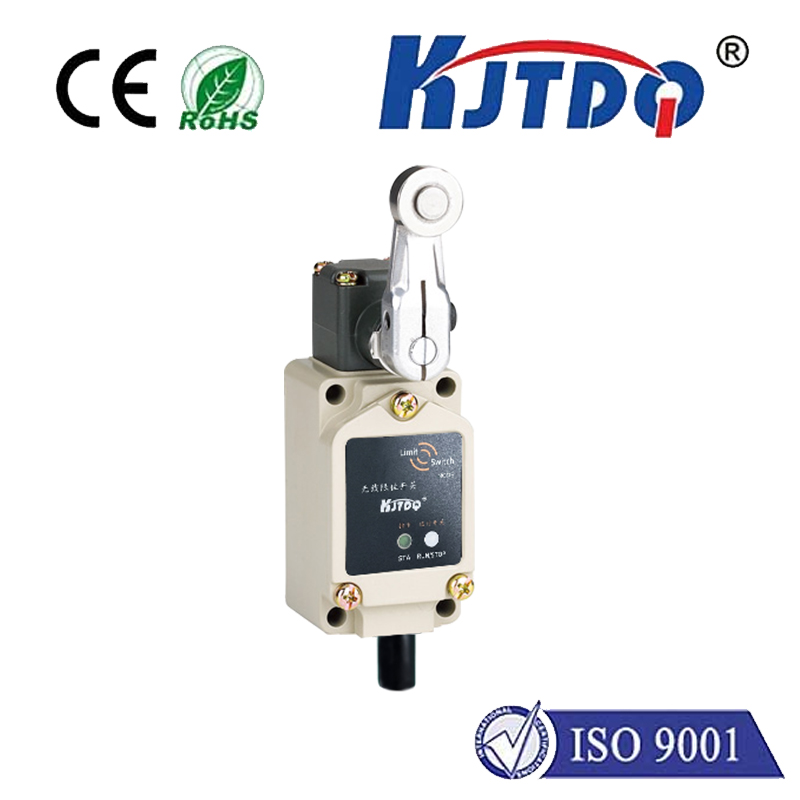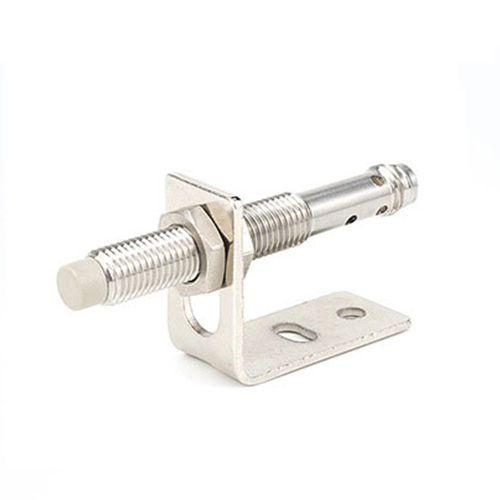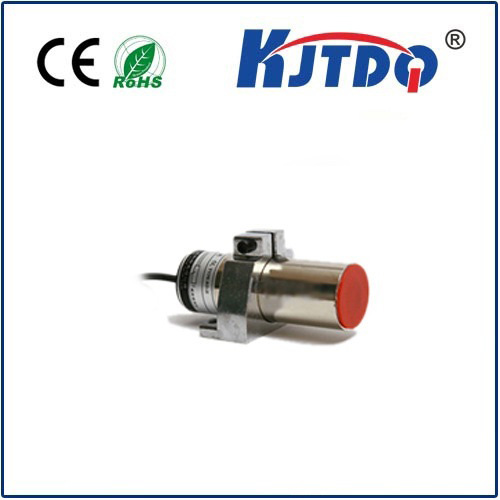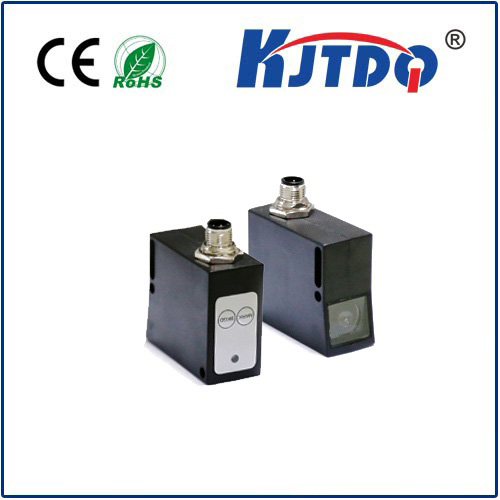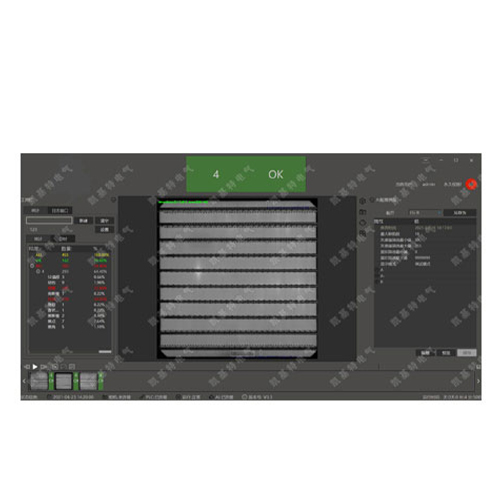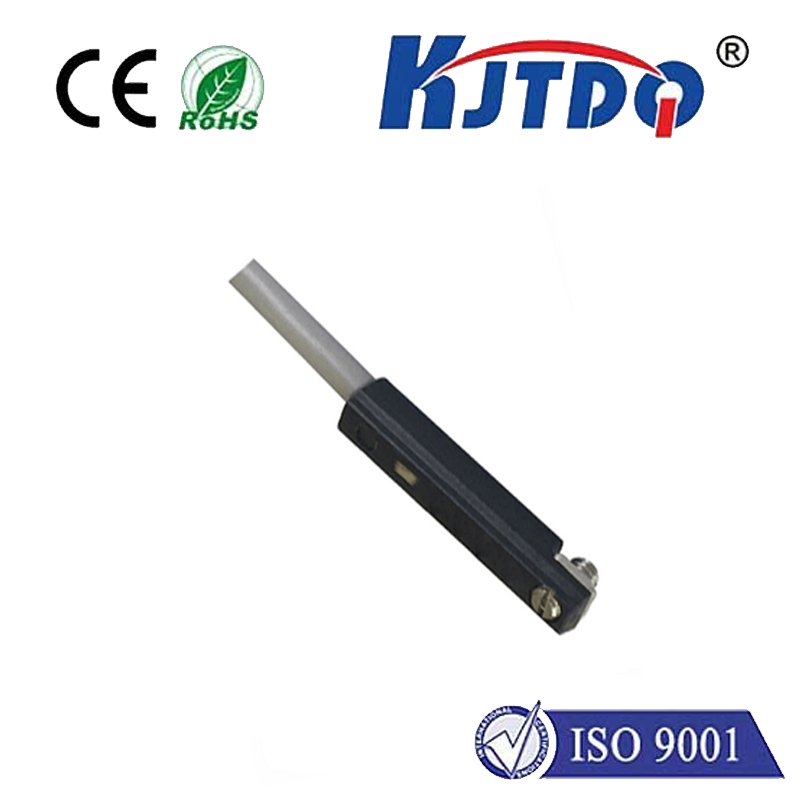

check

check

check

check
Laser range measurement is a cutting-edge technology that has revolutionized the way we measure distances. This innovative method uses laser light to accurately determine the distance between two points, offering unparalleled precision and efficiency. In this article, we will explore the principles, applications, and benefits of laser range measurement.
The Science behind Laser Range Measurement
Laser range measurement works by emitting a laser beam towards an object and measuring the time it takes for the reflected light to return to the source. This process is based on the principle of time-of-light, which states that the speed of light is constant, allowing for accurate calculations of distance. By precisely timing how long it takes for the laser pulse to travel to the target and back, laser range finders can measure distances with incredible accuracy.
Applications of Laser Range Measurement

Laser range measurement has a wide range of applications across various industries. In construction, it is used for site layout, leveling, and alignment tasks. In agriculture, farmers use laser range finders to create topographic maps for precise planting and irrigation. In forestry, they are employed to estimate tree height and volume for sustainable management purposes. Additionally, laser range measurement plays a crucial role in surveying, geology, and even in autonomous vehicles for obstacle detection and collision avoidance.
Benefits of Laser Range Measurement
The benefits of laser range measurement are numerous. Firstly, it offers exceptional accuracy, making it ideal for tasks requiring precise measurements. Secondly, it is highly efficient, allowing users to quickly obtain data without the need for complex setups or extensive training. Thirdly, laser range finders are versatile and can be used in various environments, from indoor spaces to rugged outdoor terrains. Finally, as technology advances, laser range measurement devices become more affordable and accessible to professionals and hobbyists alike.
Challenges and Future Developments
Despite its numerous advantages, laser range measurement faces challenges such as environmental factors like fog or rain that can affect measurement accuracy. However, ongoing research aims to address these issues by developing more advanced algorithms and sensors that can better handle adverse conditions. Looking ahead, future developments in laser range measurement may include integration with artificial intelligence for enhanced data analysis and interpretation, as well as miniaturization of devices for increased portability and ease of use.
Conclusion
Laser range measurement represents a significant advancement in precision technology, providing unparalleled accuracy and efficiency in various industries. As this technology continues to evolve and become more widespread, its potential applications and benefits will only continue to grow. By understanding the principles behind laser range measurement and recognizing its vast potential, we can harness its power to improve countless aspects of our lives and work.
